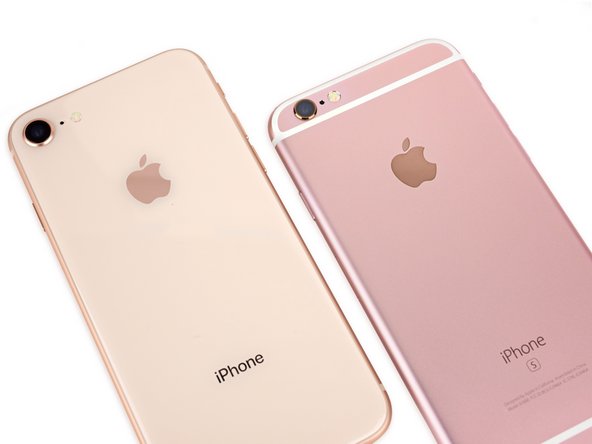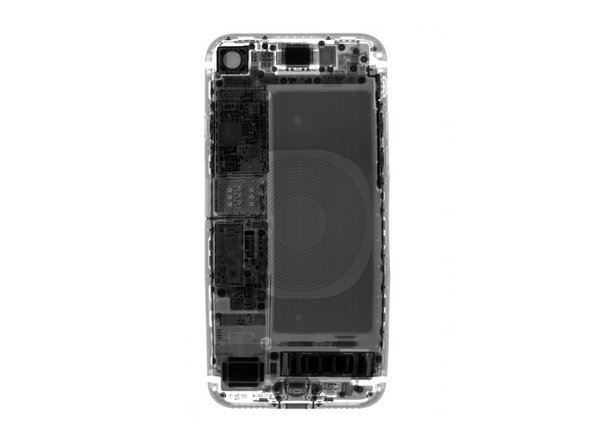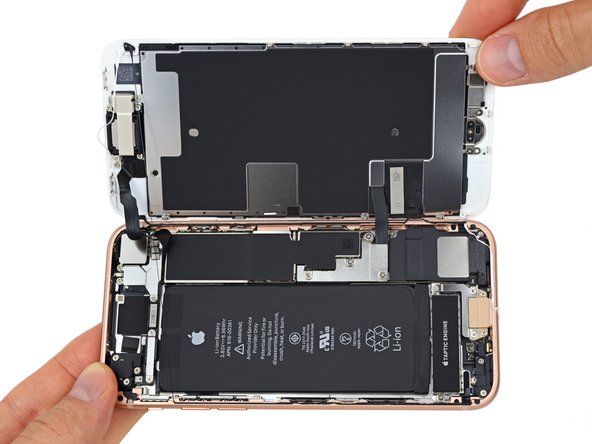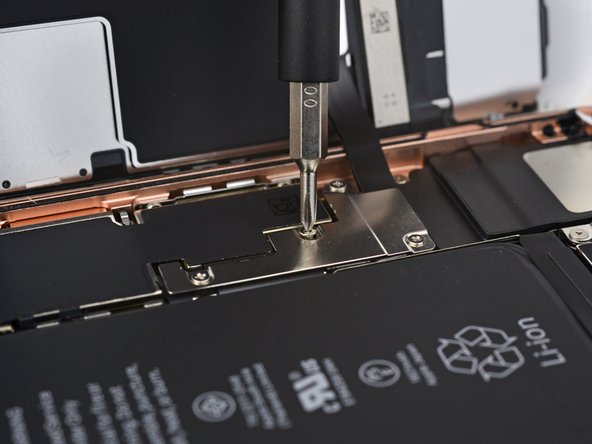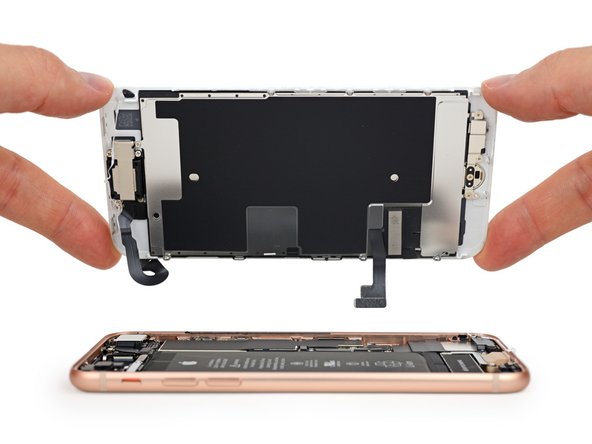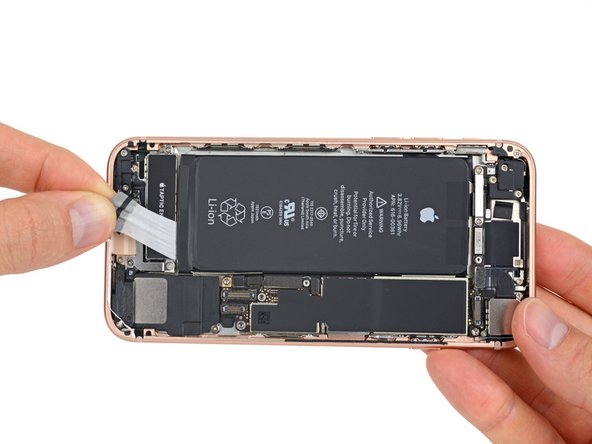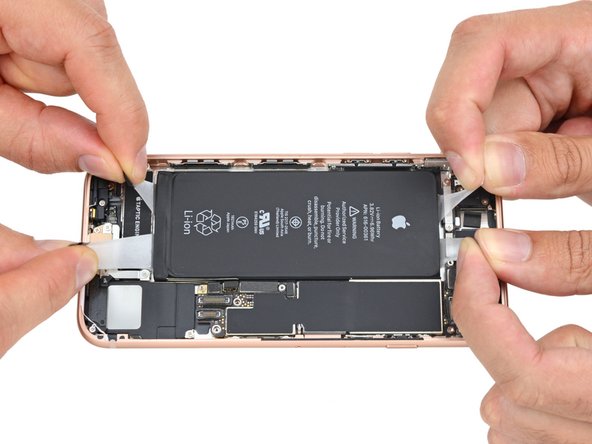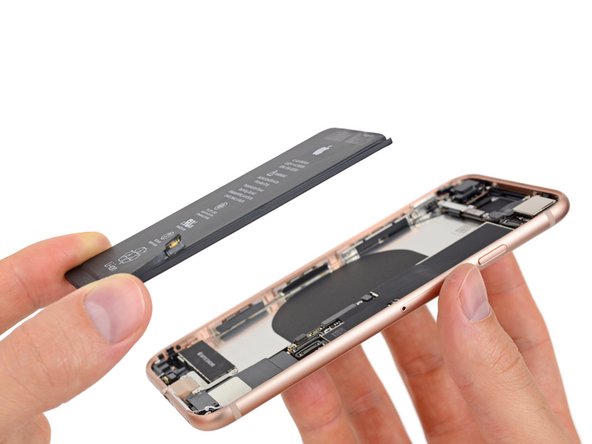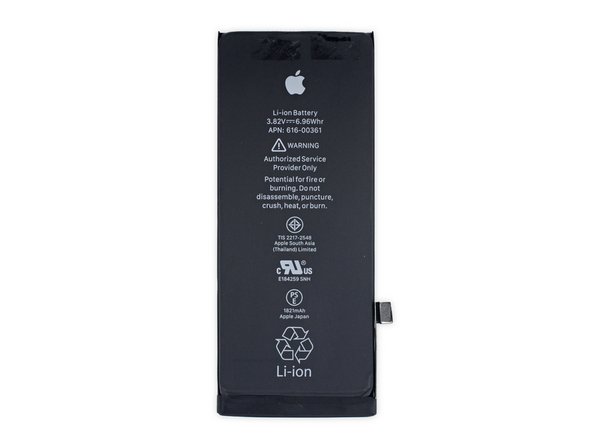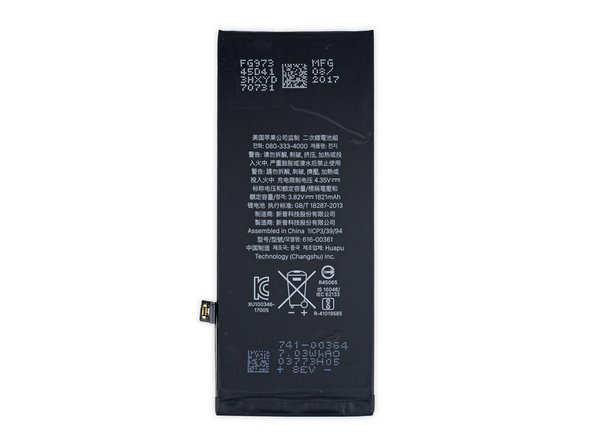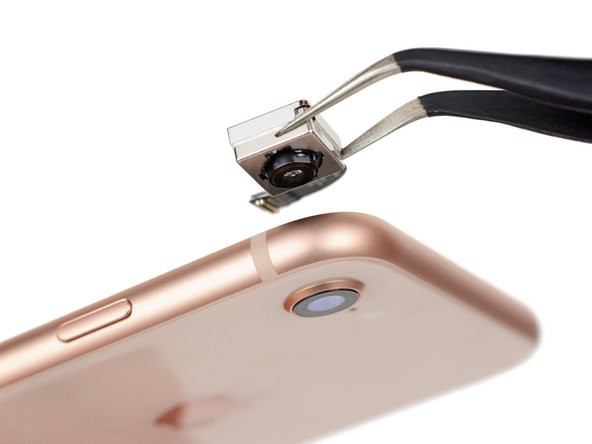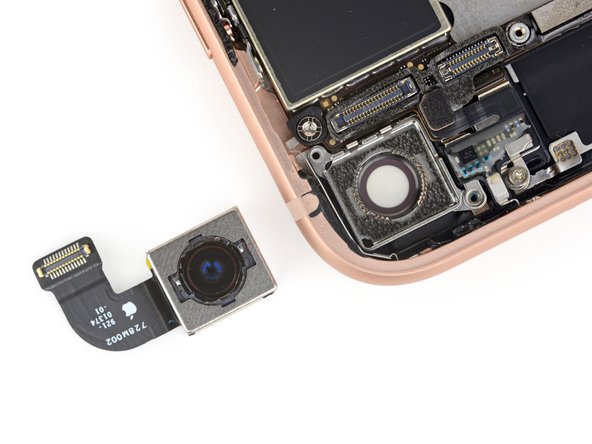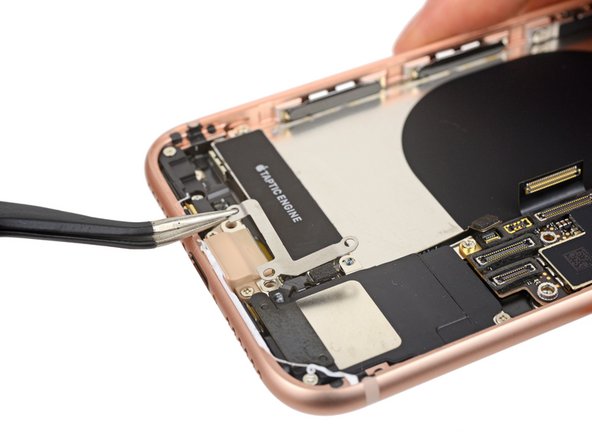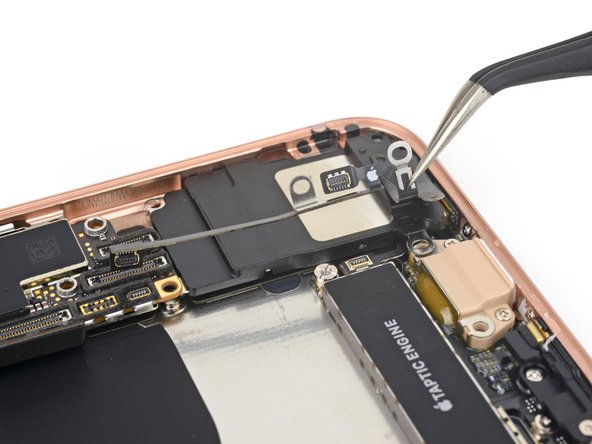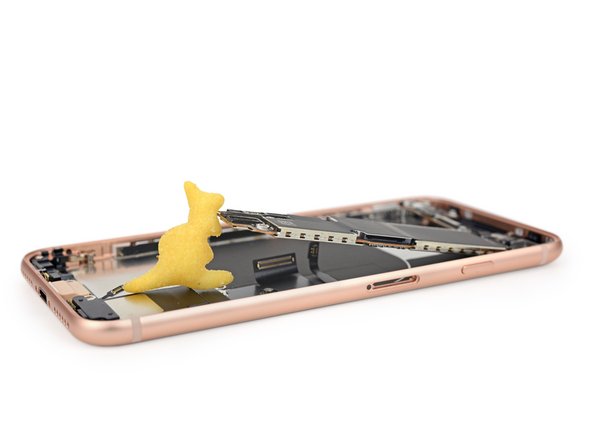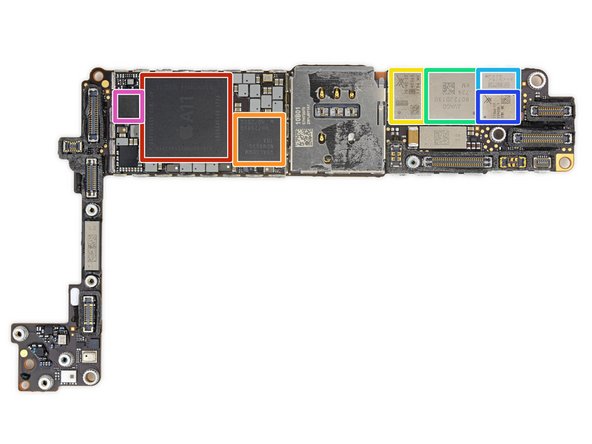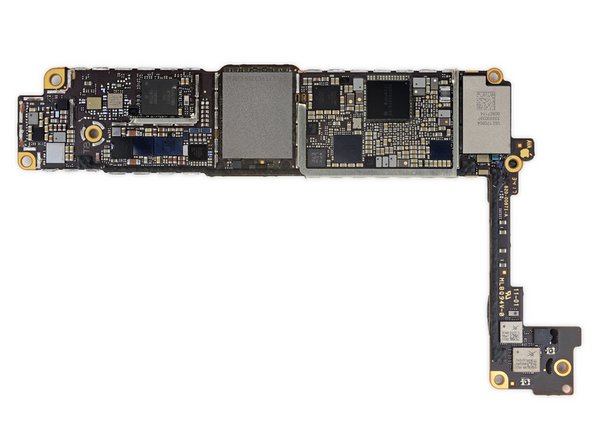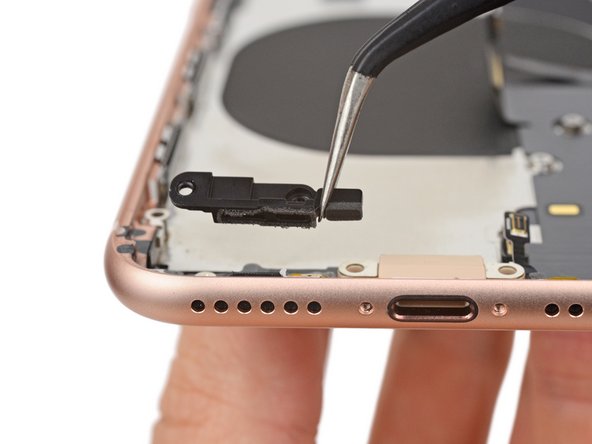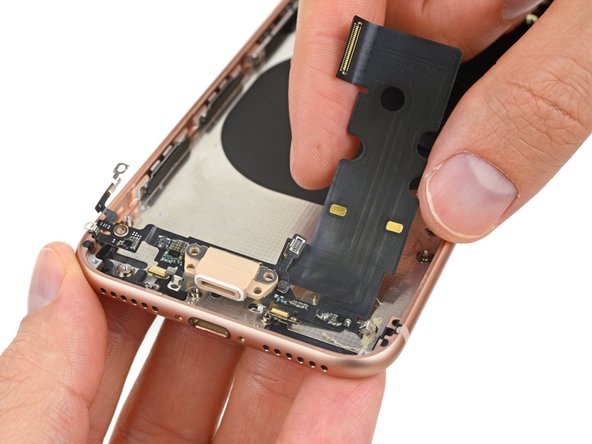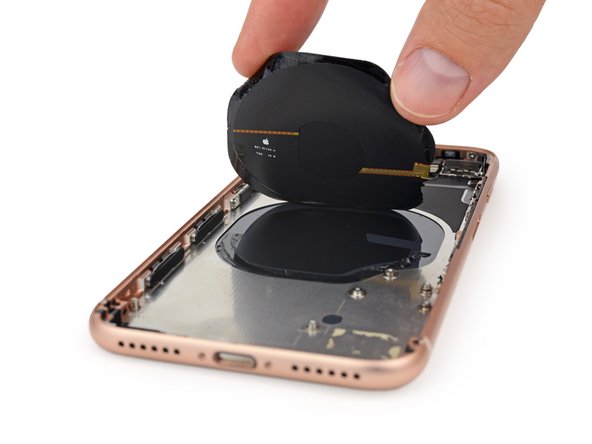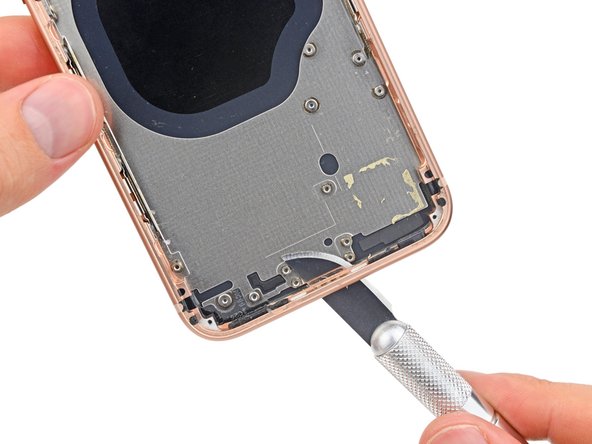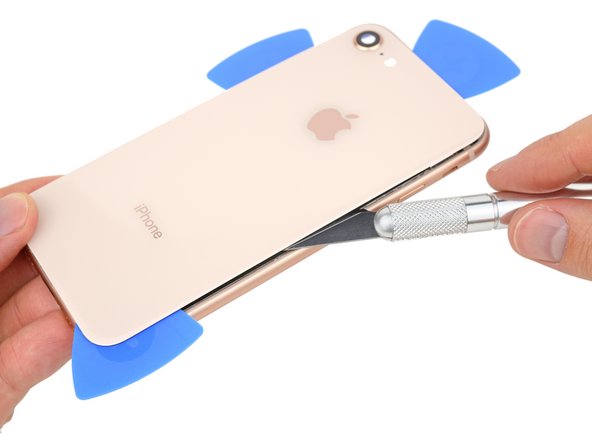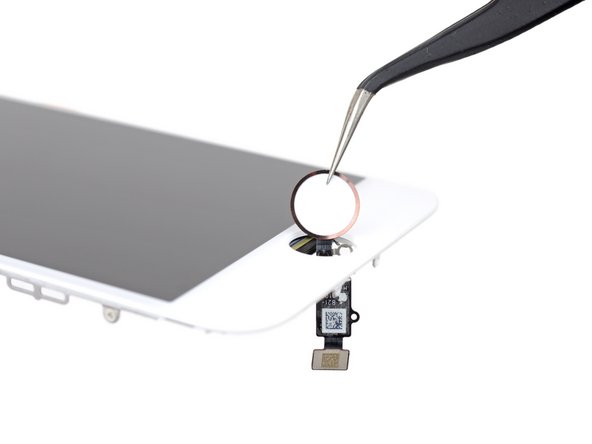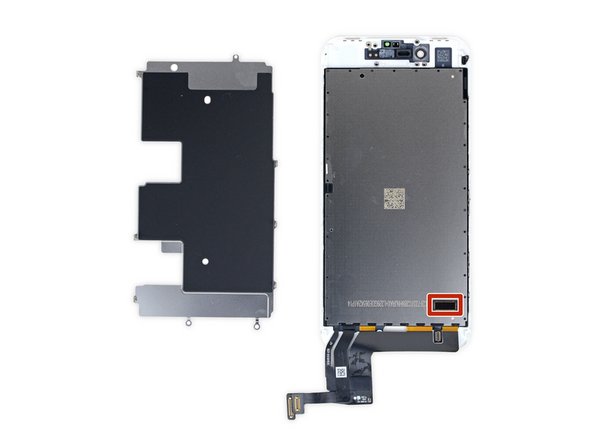News
iPhone 8 Teardown
Date: 01-20-2018 Click: 20Video Overview
Step 1 iPhone 8 Teardown
The 8 has some slick new tech, but is it enough to warrant the upgraded digit? You be the judge:
A11 Bionic chip with embedded M11 motion coprocessor
64 or 256 GB onboard storage capacity
4.7-inch IPS multitouch Retina HD display with 1334 × 750 resolution (326 ppi)
12 MP camera with ƒ/1.8 aperture, optical image stabilization, and 5x digital zoom
7 MP FaceTime HD camera with ƒ/2.2 aperture and 1080p HD recording capability
Support for fast-charge and Qi wireless charging
802.11a/b/g/n/ac Wi‑Fi w/MIMO + Bluetooth 5.0 + NFC
Step 2
As we start our teardownunder we're greeted by a now-familiar face. Features include:
Solid-state home "button" with Touch ID fingerprint sensor.
A (still) IPS display similar to the one we found in the iPhone 7 (but now featuring True Tone).
On the backside, we spy the iPhone's snazzy new glass backing with its seven-layer color finish.
Apple assures everyone that this rear panel is reinforced with "an internal laser-welded steel and copper structure," but time and durability tests will tell if this phone will suffer from a snap, crackle, pop—or yet another Bendgate.
Jury is still out on the model number and the missing wheely-bin symbol.
Finally, before getting to work, we take a second to line up our new gold iPhone 8 and yesteryear's rose gold 6s. Apple has certainly refined (and re-refined) this design, in addition to stripping a little pink from the finish.
Step 3
Before we excavate, we X-ray!
Our pals at Creative Electron came down under to Circuitwise and snagged some stellar sneak peek imagery.
The seamless back gives way to some intricate insides. The first thing we spy is the brand new wireless charging coil!
More on that later. For now, we put down the X-ray goggles to plan our attack.
Turns out you don't need X-ray vision to see the model number on this blank-backed phone—it's here on the rosy gold box—A1863!
It seems that when Apple set out to clean up the back of the iPhone, it decided to follow all the way through. We're guessing we won't find a cute ID card in the SIM tray, though.
Step 4
Time to get this teardown underway. After twirling away the pentalobe screws, we need some heat as an antidote to the waterproof display seals.
iOpener—bam! Seals softened. Next we pull the iSclack out of our tool bag for some pulling power, and slice through the adhesive with a little help from our friends opening picks.
Do you ever have déjà vu?
... and we're in! A first glance reveals nothing new—yet. But we've only just scratched the glassy surface.
Step 5
As we crack open this book display, we are greeted by the familiar display cable bracket. But instead of the cursed tri-point screws, we're happy to report that we're met with friendly Phillips #000 screws!
We can't say that we will miss you, tri-points.
We quickly decouple a few cables—the battery, display, and home button cables to be exact—and the display is free!
We note a lack of gaskets on the display's pentalobe tabs, which was previously seen in the iPhone 7.
However, both the iPhone 7 and iPhone 8 have an IP67 water resistance rating. How are the floodgates still closed!?
Step 6
We make a grab for the battery's stretch-release adhesive strips, and find there are two more of these guys than we're used to.
But that's okay—we just ask for a hand (or two), and remove all four at once!
This procedure requires a wealth of experience, gained in large part due to Stretch Armstrong.
We easily throw back the mozzarella sticks pull tabs as the battery springs free effortlessly.
Step 7
Now that this juicy battery pack is out, we can see how it compares to its competitors!
Fully topped off, this 3.82 V, 1821 mAh cell will deliver up to 6.96 Wh of power.
To compare Apples to Apples, the iPhone 7 featured a 7.45 Wh battery.
And for reference, the similarly-spec'd Galaxy S8 packs a 11.55 Wh battery.
Before you get hopping mad about battery news: despite the drop in capacity, Apple claims battery life will be comparable to last year’s unit.
Step 8
We pluck the main camera in pursuit of the logic board.
The iPhone 8 has the same ƒ/1.8, 6-element lens that we saw on the iPhone 7, but everything else about the camera is new and improved.
The 8's sensor is bigger than the 7's, but specs the same 12 MP resolution. This means the individual pixels are larger—letting in more light, improving colors, and decreasing noise.
But wait, there's more! Improved image processing software shows Apple still has a few clever tricks up its sleeve.
We've seen this before, but not with the naked eye! Neat X-rays reveal magnets in the four corners of the camera—giving this camera some advanced vision of its own through OIS.
Step 9
As our quest continues, we find some quirky cables and brackets!
First out: a new Lightning port bracket that seems to reinforce the new peach-colored port and trap the Taptic engine.
Up to now, we've gleefully plugged along with our Phillips screwdriver—but alas, all good things must come to an end. In removing this bracket, we encountered our first tri-point screw. Still, it's no match for our 64 Bit Driver Kit!
We suspect that the newly colored Lightning port could be made of a heat-transferring plastic to allow for safer fast-charging. (Or, it could just be color-matched to the chassis.)
Next: a strange interconnect/antenna cable over the speaker.
Finally: the Taptic Engine nestled in a series of tiny fiddly connectors.
Step 10
The final barrier to logic board gold: this tiny hidden screw, which we find trapped under the waterproof silicone seals!
We get another helping hand in the form of Jumpy's for logic board removal!
Kangaroo-shaped, chicken-flavored snacks aside, we hope you're not jumpy for the iPhone X. Reports say that production could start as late as mid-October—meaning the 8 could be the hardware of choice for early upgraders as well as those in Apple's Upgrade Program.
Step 11
Drumroll please—it's chip time! Special thanks to the folks at TechInsights for helping scope out this silicon:
Apple 339S00434 A11 Bionic SoC layered over SK Hynix H9HKNNNBRMMUUR 2 GB LPDDR4x RAM
Qualcomm MDM9655 Snapdragon X16 LTE modem
Skyworks SkyOne SKY78140
Avago 8072JD130
P215 730N71T - likely an envelope tracking IC
Skyworks 77366-17 quad-band GSM power amplifier module
NXP 80V18 secure NFC module
Step 12
And on the back side:
Apple/USI 170804 339S00397 WiFi/Bluetooth module
Apple 338S00248, 338S00309 PMIC, and S3830028
Toshiba TSBL227VC3759 64 GB NAND flash storage
Qualcomm WTR5975 Gigabit LTE RF transceiver and PMD9655 PMIC
Broadcom 59355—Likely an iteration of BCM59350 wireless charging IC
NXP 1612A1—Likely an iteration of the 1610 tristar IC
Skyworks 3760 3576 1732 RF Switch and SKY762-21 247296 1734 RF Switch
Step 13
Logic board dispatched, we get down to brass tacks plastic bits. Today's bits feature the speaker and barometric vent.
As we learned last year, this barometric vent allows your iPhone to accurately gauge your altitude, while maintaining a watertight seal.
Another small spec bump: Apple touts that the speakers are 25% louder in the iPhone 8—although there is some debate as to whether it is noticeable.
The same dozen donut speaker holes line the bottom of this iPhone as the 7.
We also find familiar signs of waterproofing in the form of seals and little rubber gaskets.
Step 14
The rear case is looking a little thin on components, but we still find a few pieces that invite inquiry.
The peach-colored Lightning connector looks like it has changed a li'l since the iPhone 7. Without getting distracted by the desert camo, we notice a new form factor. Better ingress protection, mayhaps?
We dig through some black tape that covers some copper tape that covers some black tape ... wait a second ...
That ain't just black tape, it's the elusive Apple-branded, Qi (pronounced "chee")-enabled wireless charging coil!
This coil uses an oscillating magnetic field to generate an alternating current. The alternating current is then converted to direct current—the magic juice that fuels the battery.
Step 15
We take a stab at separating the rear glass, but after a lot of heat and wetwork, we've instead shivved our way under the reinforcement panel.
After more arduous stabbing, we finally get the seven-layer burrito glass sandwich off of the midframe.
This isn't what we thought Apple meant when they said the glass was stronger.
The process left the backing plate a bit bent out of shape—we have no idea how Apple plans to do this, but they seem to be keeping the secret squirreled away...
And no, we didn't let snails figure-skate on the back—that's glue. Lots of it.
This side-by-side reminds us of something we recently noted.
Step 16
We finally turn back to the well-known display and pluck the final features away.
Goodbye home button.
Goodbye front-facing sensor cable.
Goodbye LCD shield.
Oh, but hey li'l chip we can't identify.
Once again, the light sensor is covered by a colored filter, which we believe assists the True Tone system.
Step 17

That's all she wrote! Well, at least for now—we've got a few more words and photos in store for you in the next few days!
Thanks heaps to Circuitwise for hosting us at their sweet facility in Sydney. (Seriously, check out that sweeet soldering video.)
And big thanks to the Creative Electron team for providing some serious X-ray support!
Products Sort
- Finger Spinner
- Apple Mobile
- Samsung Mobile
- Xiaomi Mobile
- Huawei Mobile
- LG Mobile
- Motorola Mobile
- Sony Mobile
- Asus Mobile
- OPPO Mobile
- Meizu Mobile
- Vivo Mobile
- LeEco Mobile
- Mobile Phone TOOLS
- PlayStation4
- PlayStation3
- PlayStation2 & PS1
- PSP1000/2000/3000/Go/PSV
- Xbox360 & Xbox & One
- Wii & GameCube
- NDS lite/NDS-i/3DS/3DS XL/2DS
- ND & GBA
- Memory Card
- DS Flash Card
- ModChip
- Other accessories
- iPhone 8 Teardown





